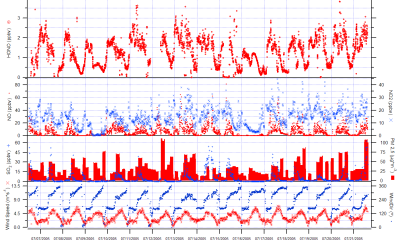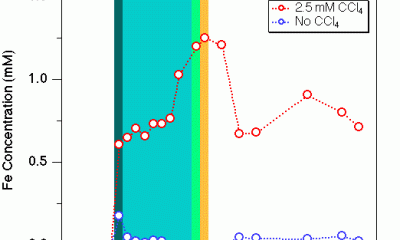
#Igor pro graph title pdf
I remember outputing graphs with Maple as postscript without legends, and adding those with xfig using some mixed eps+tex(epic) mode.Īs for graphs of curves and whatever, why not Apple's Grapher ? It can do pdf and eps. Of course, the venerable xfig, running over x11 could be of some use as well. I suggest to have a look at jPicEdt for that (java multiplatform) Follow the given outline for lab reports given in the syllabus. Use IGOR PRO to generate a graph similar to Figure 1 in the article by Russo and Hanania3 and include it in the Results section of your lab report. Most users create waves by loading data from a text file. Results section using a 95 confidence interval. Now, for simple things, you might want to use the tex/latex engine to draw itself a graph instead of importing one, but you probably don't want to do it by hand (you could get the better output doing that, such as mixing graph and formulas or variable with the same fonts than the rest, but again, for simple things) : the packages epic, eepic from latex allows one to do that. Igor can graph either type of data and its powerful curve fitting works on either type. pdf (and maybe others) but not postscript.

Specific functions will be labeled 'custom' in the title in this manual.
#Igor pro graph title manual
Some of the utilities discussed in this manual are general features of Igor Pro, while others are part of the specific program written for the 143 labs.

Graphs are made by choosing a wave of x-values and a wave of y-values. with the first engine : you will only be able to include postscript files into waves, then the program to manipulate them. It is quite simple to include graphs with either of them BUT : C> If I want to know what x equals when y50 how do i go about. C> there some type of formula I can type in to get me an exact. You may want to go through Igor Quick start manual to understand Igor logic, since I am not sure what more the delete should do. C> one of your data points When I graph nonlinear variables is. Igor Pro 6 uses the metaphor of an experiment to combine these elements into a single file. CO PES2 -Igor Pro 5.00 File Edit Data Analysis Macros Windows Graph Misc Help Double precision Auto name and go Tweaks Gra. If you want to delete the data, then you have to do that manually. Igor Pro 6 is a full powered technical computing environment with built-in nonlinear regression, 2D and 3D graphs of unlimited complexity, data tables, notebooks, layouts, drawing layer, customizable panels, and programmability. pdf (with Texshop : this is the TeX+Ghostscript route, Closing the graph is the only thing you can do. tex->.dvi and additional tools transform the.

The tricky part about graph inclusion in latex is that there are two tex/latex engines in a standard distribution.


 0 kommentar(er)
0 kommentar(er)
